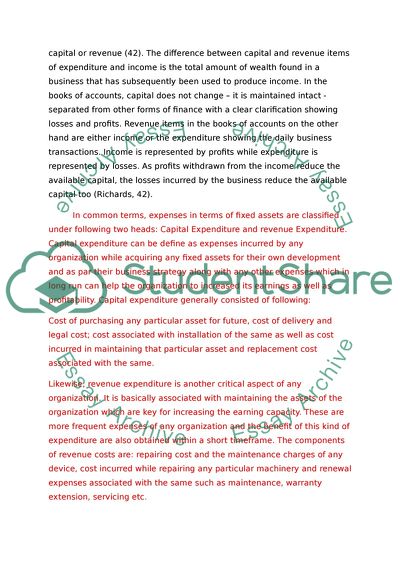Cite this document
(The Purpose of Accounting for an Organisation and the Difference Assignment, n.d.)
The Purpose of Accounting for an Organisation and the Difference Assignment. Retrieved from https://studentshare.org/finance-accounting/1655683-unit-36
The Purpose of Accounting for an Organisation and the Difference Assignment. Retrieved from https://studentshare.org/finance-accounting/1655683-unit-36
(The Purpose of Accounting for an Organisation and the Difference Assignment)
The Purpose of Accounting for an Organisation and the Difference Assignment. https://studentshare.org/finance-accounting/1655683-unit-36.
The Purpose of Accounting for an Organisation and the Difference Assignment. https://studentshare.org/finance-accounting/1655683-unit-36.
“The Purpose of Accounting for an Organisation and the Difference Assignment”, n.d. https://studentshare.org/finance-accounting/1655683-unit-36.


